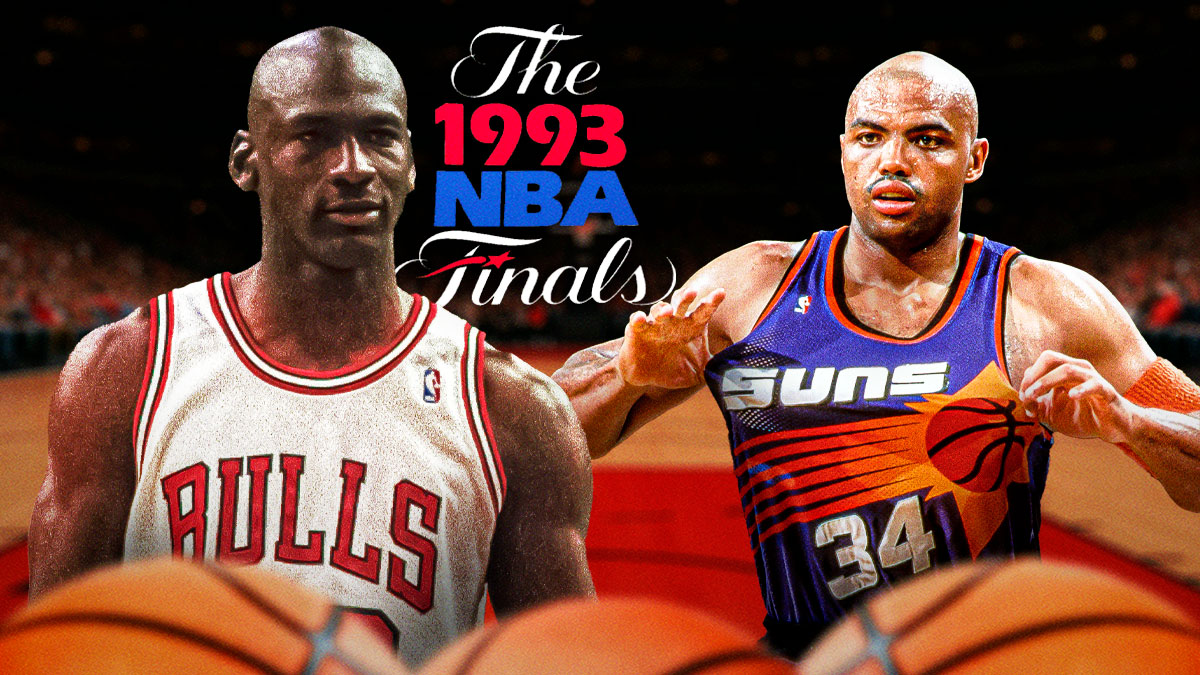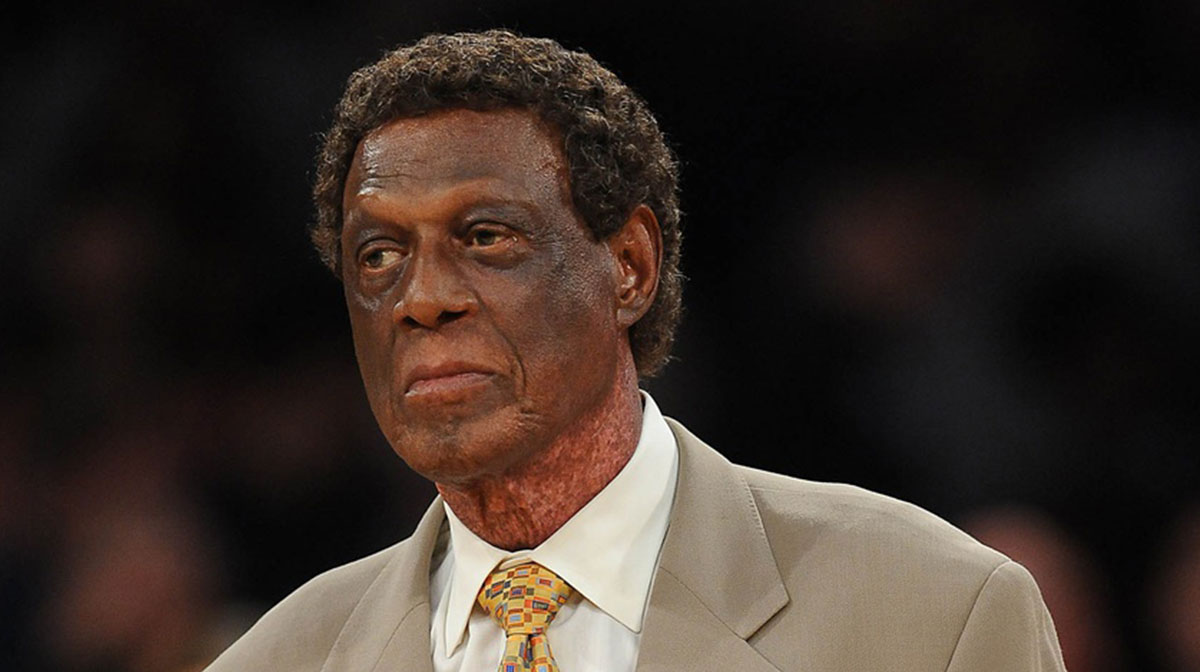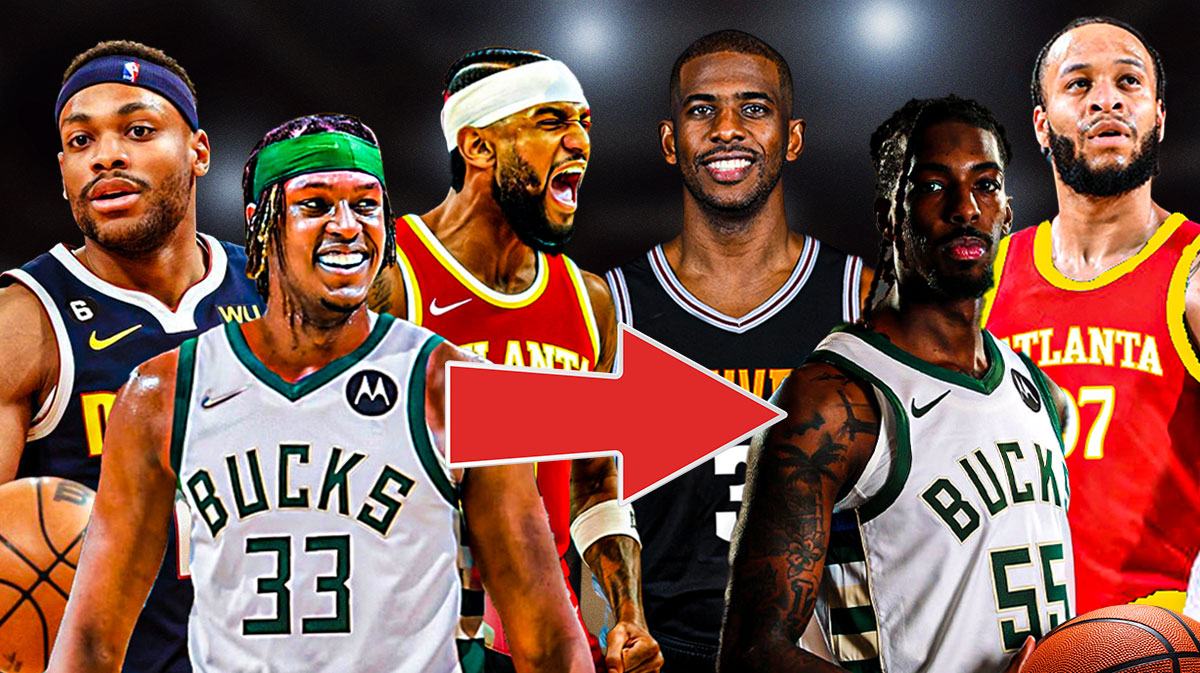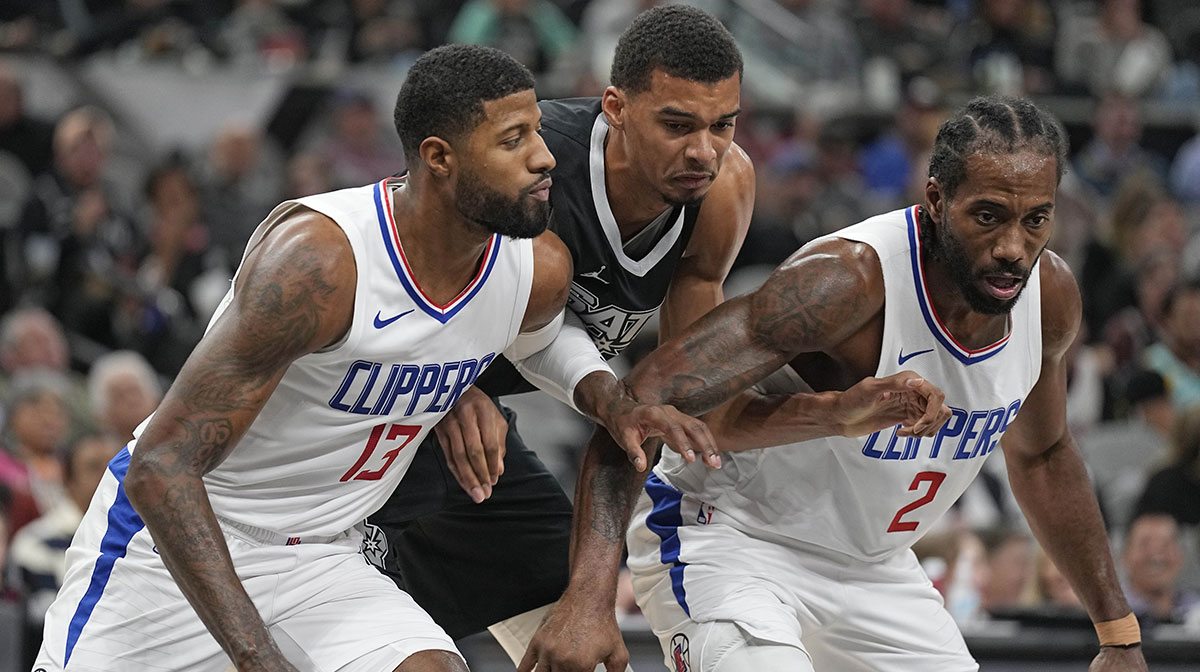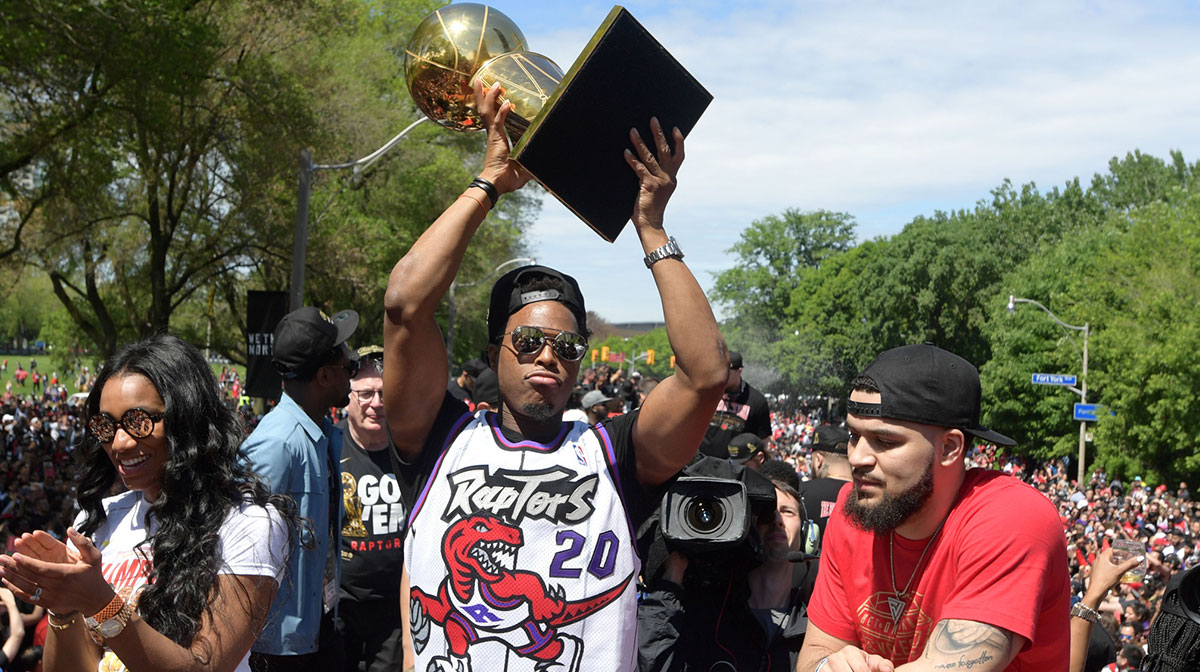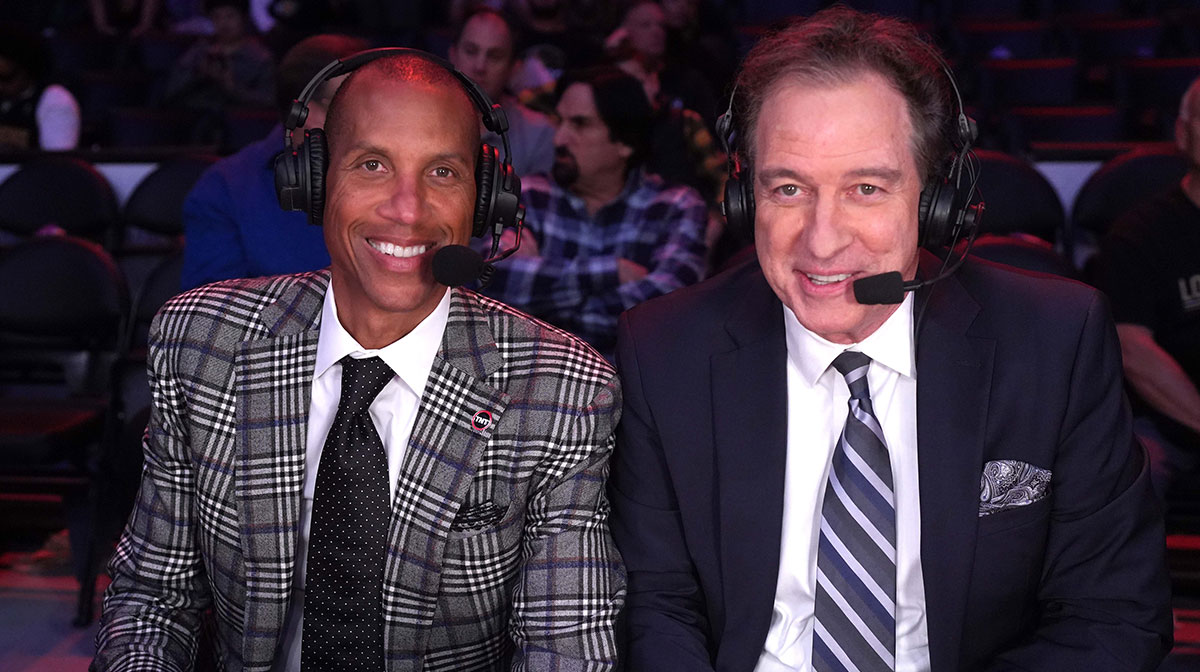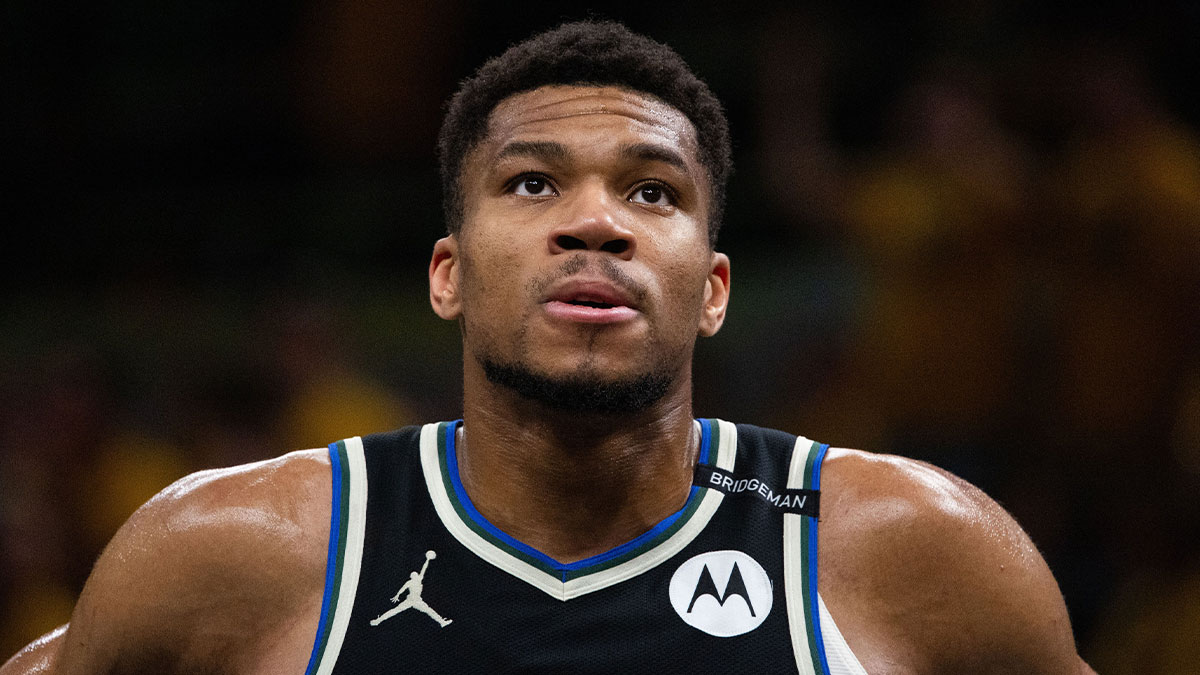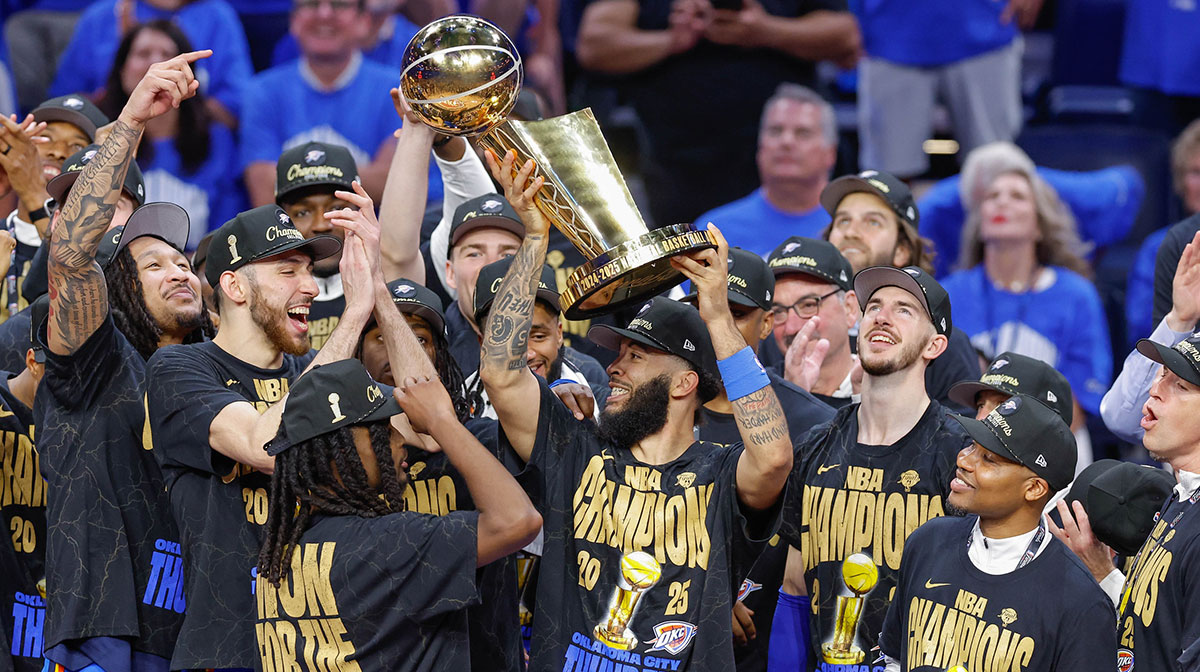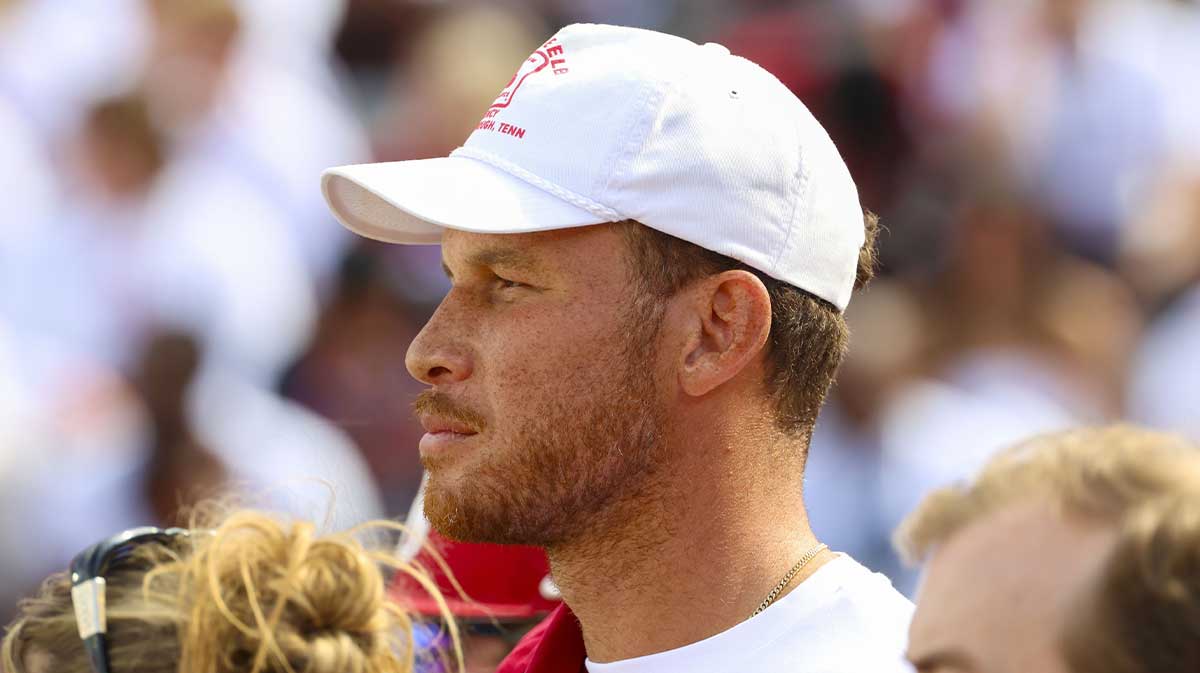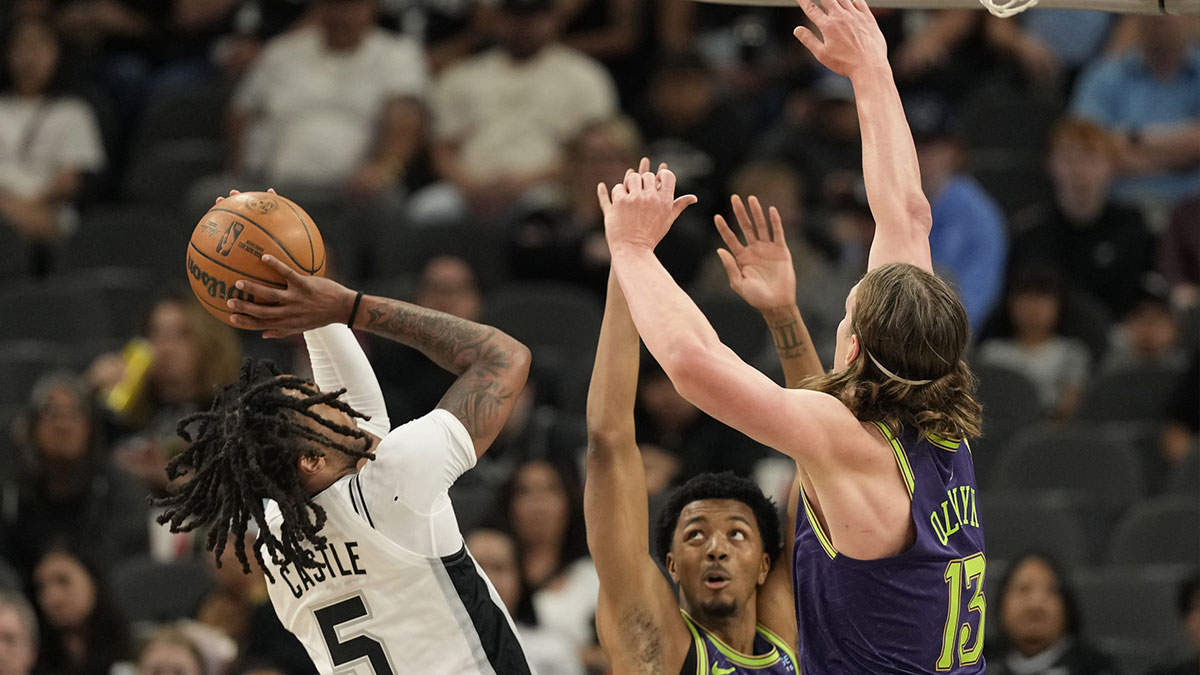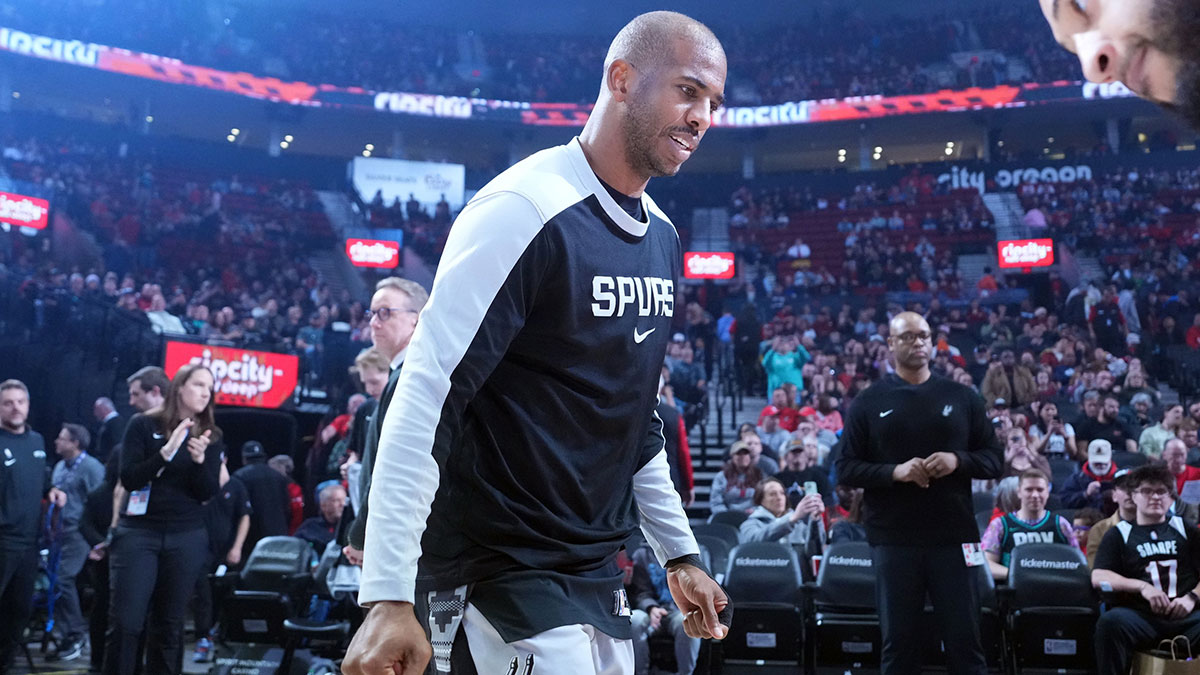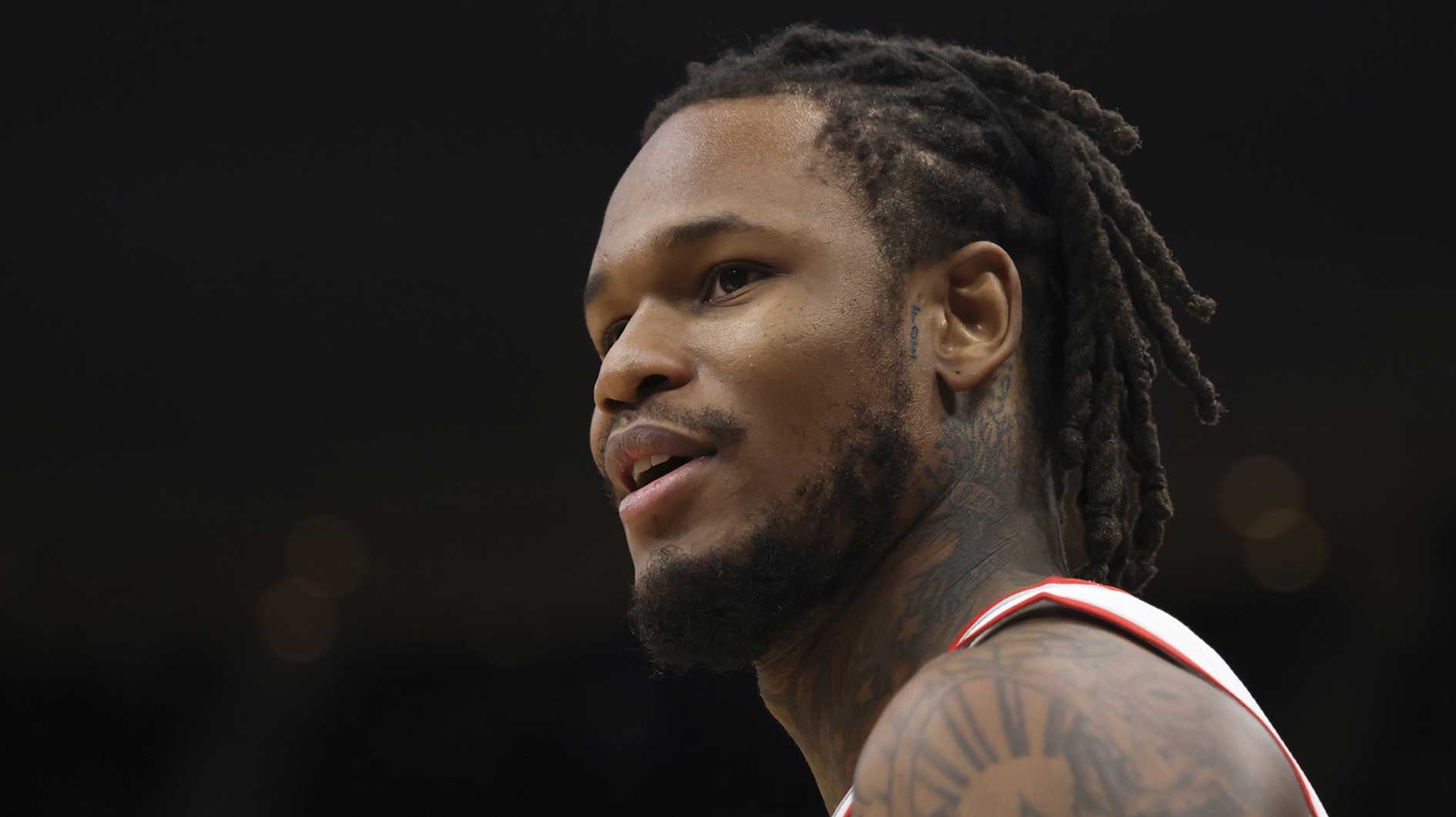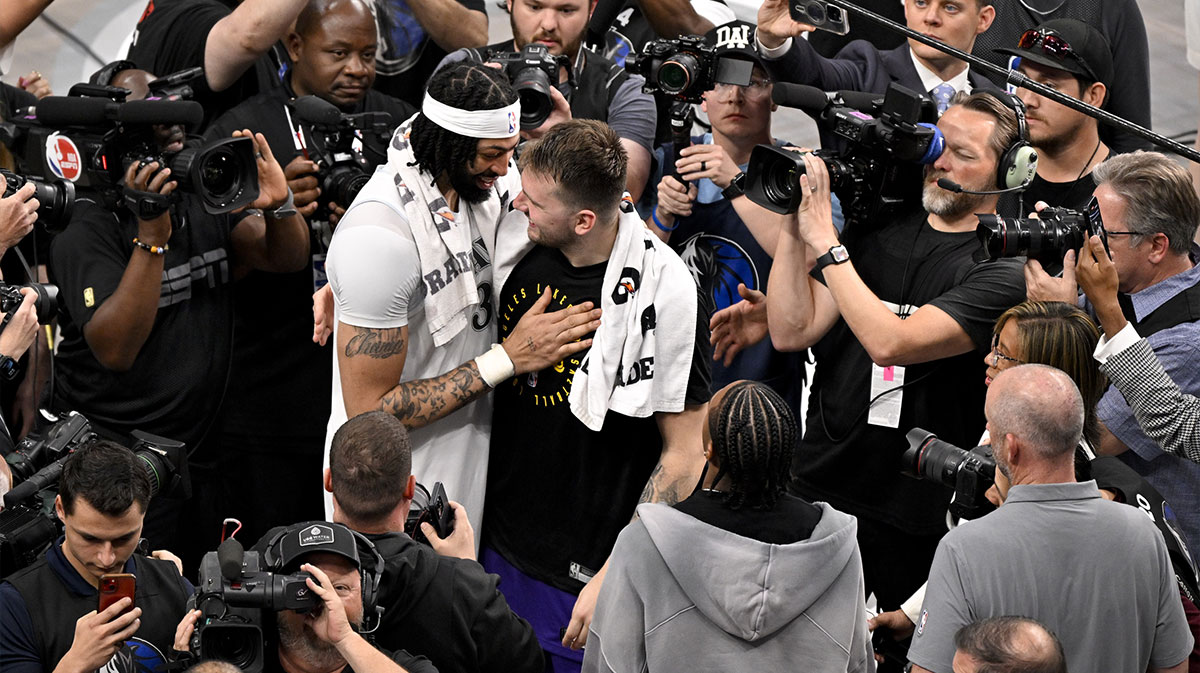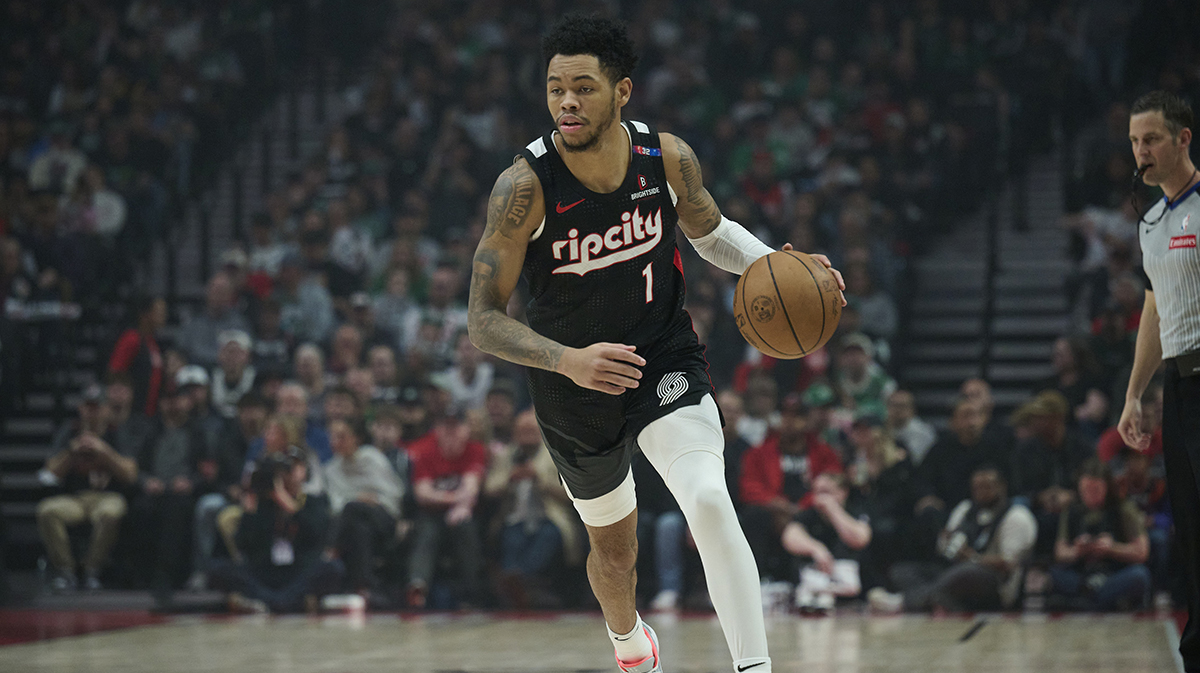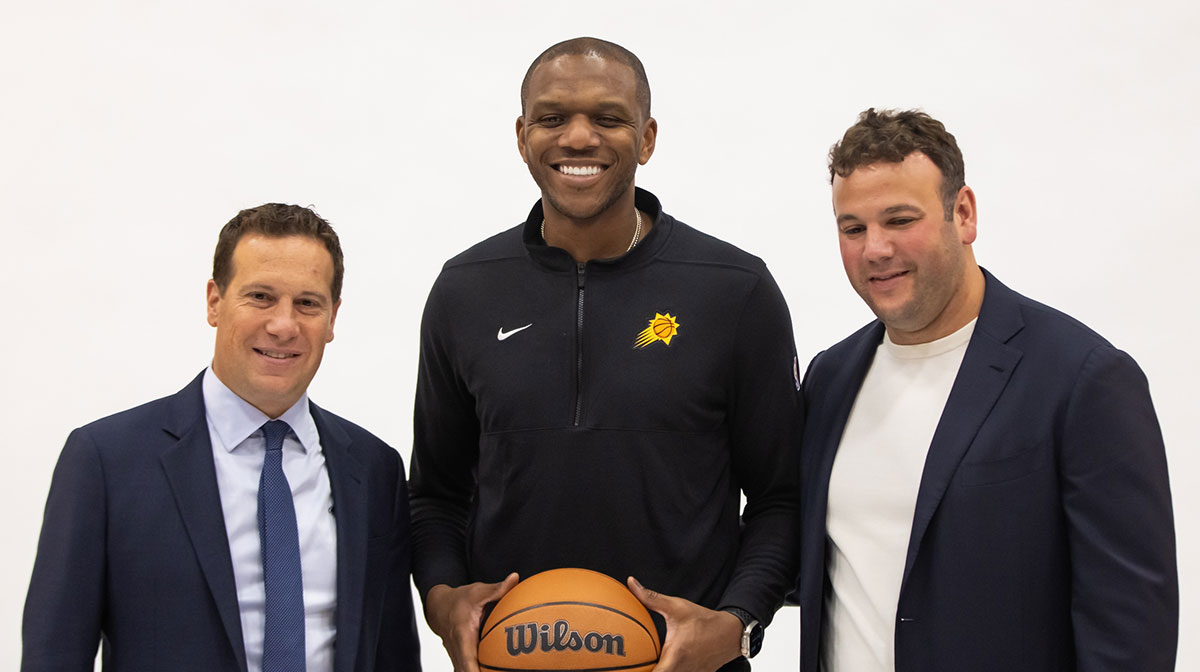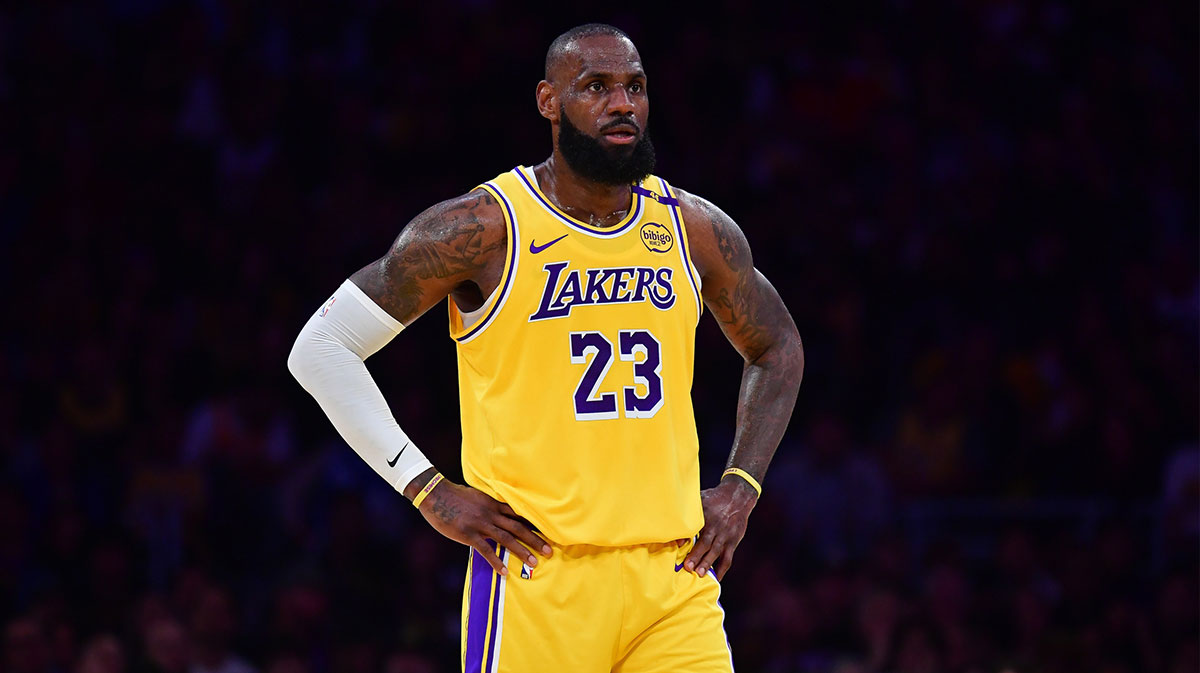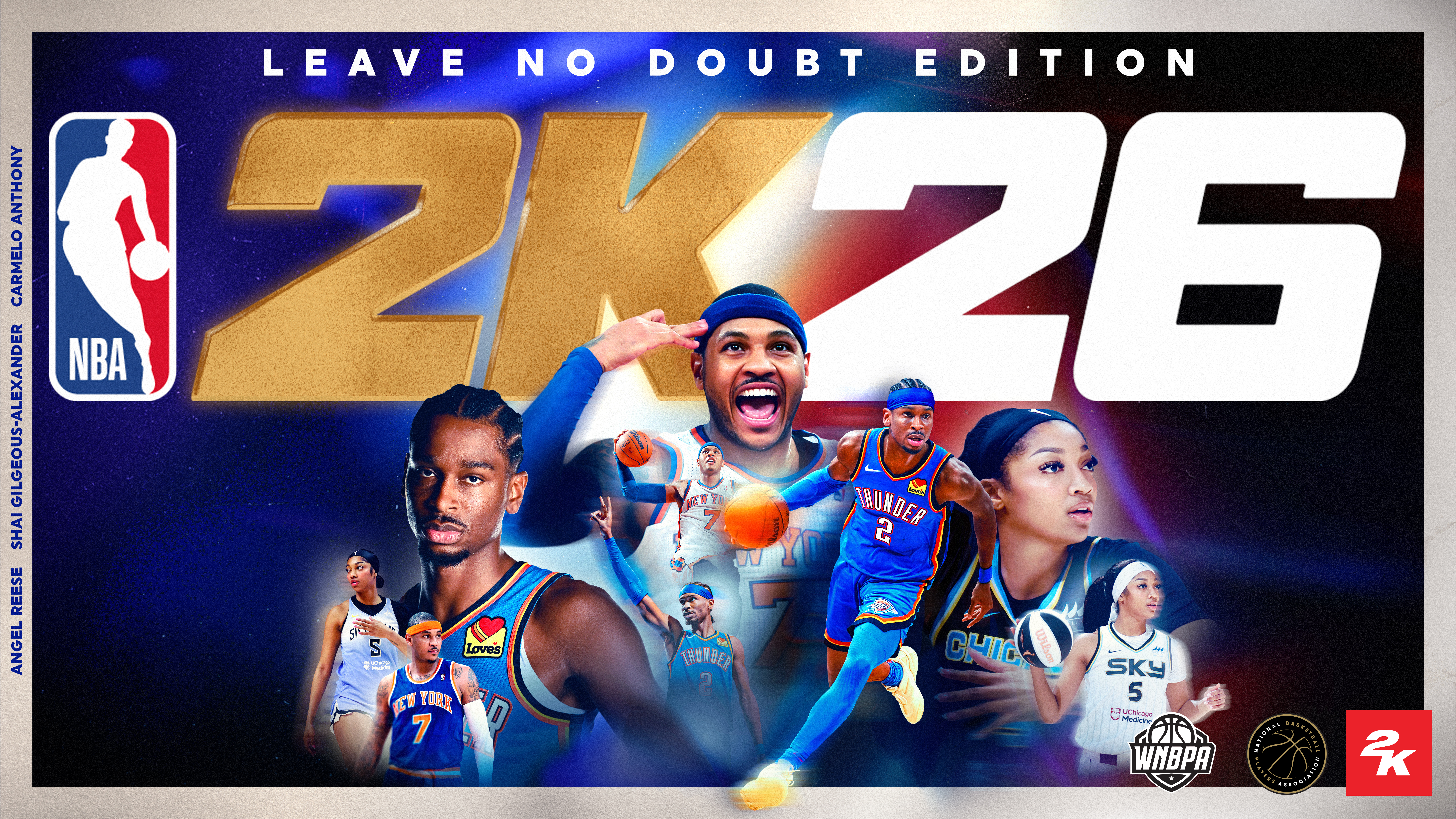The recently revealed return-to-play proposal is plenty more than most expected out of a truncated end to the 2019-20 NBA regular season.
Let's take a look at the specifics:
- Twenty-two teams.
- Eight regular-season games.
- A play-in tournament.
- Regular seven-game series playoffs.
Besides minimizing the risk by leaving eight teams at home, the NBA has surely made something very evident: money is a big reason why they've rolled out this plan.
But let's examine what's really happening here. NBA Commissioner Adam Silver has basically been forced into formulating a mini collective bargaining agreement just so that the 2019-20 season can have a champion.
Silver has to satisfy all 30 NBA owners, who are his employers, as well as the National Basketball Players Association — all while putting out a product that will monetize and salvage as much money as possible before the next season.
That is a lot of balls to juggle, but it also takes a lot of balls to repeatedly hash this out week after week with the intention of doing what's best for the league and staying impartial.
Most believe Silver doesn't have a horse in this race, but in reality, he does. How much teams and players make will reflect on his salary next season, as he was one of the first few NBA executives who agreed to salary cuts amid the coronavirus pandemic.
The commissioner has handled this gracefully, providing plenty of options, even if some of them were quite the long shot.
This version is ambitious, but it will allow more than two-thirds of the NBA to salvage at least half of their remaining regular-season revenue (most teams had roughly 15 games left in their season) while providing a competitive path for teams looking to make the postseason.
Teams like the Memphis Grizzlies, Portland Trail Blazers, New Orleans Pelicans, and Sacramento Kings could effectively wind up getting 10 regular-season games with this play-in tournament that is basically a wild-card series under a different name. Even the Washington Wizards and Phoenix Suns could get that opportunity.
These many games will push the end of the postseason until Oct. 12 at the latest, which might make a Christmas start to the 2020-21 NBA season quite the reach, though it's still the goal.
However, as ambitious as it might be, it does provide a path to satisfy all aboard:
- It gives teams enough regular-season games to earn back some of the lost TV revenue.
- It provides bubble teams looking to make the postseason with a pathway to do so.
- It features the traditional seven-game playoffs series without change.
This format won't satisfy everyone, but at the same time … which will?
The NBA has to act quickly if it hopes to resume in the near future. After weeks evaluating the best pathway to a return, it seems this is the answer they've been looking for all along, though there's still plenty to figure out in order to finish this season.

